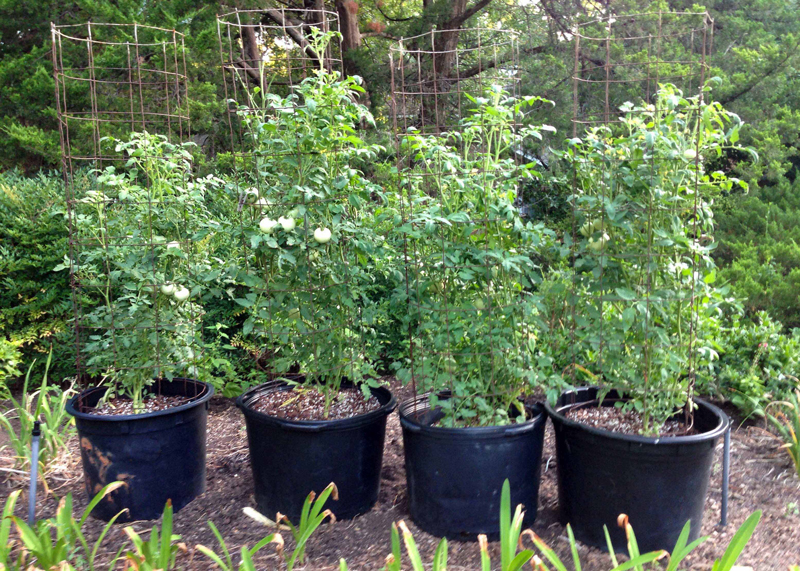Fall is Time for Tomatoes
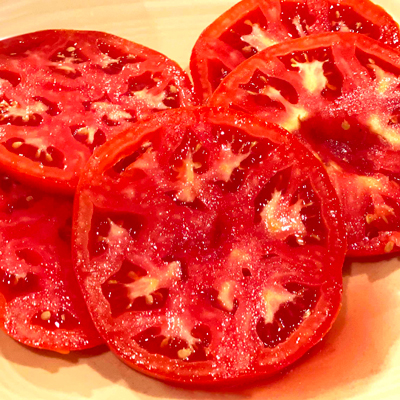
Dr. Sam Cotner and even before Sam, Dr. John Larsen, two fine vegetable specialists with Texas AgriLife Extension of Texas A&M showed us the way: Set out fall tomato transplants in very early July in North Texas and a week or two later in South Texas and you’ll have the best tomatoes you ever tasted.
The reasons are obvious. Fall tomatoes grow at a time when early blight and spider mites won’t wreck the plants. They mature at a time when 100-degree temperatures won’t cause them to crack and split and have corky centers. Color and flavor are better – they’re just all-around more rewarding.
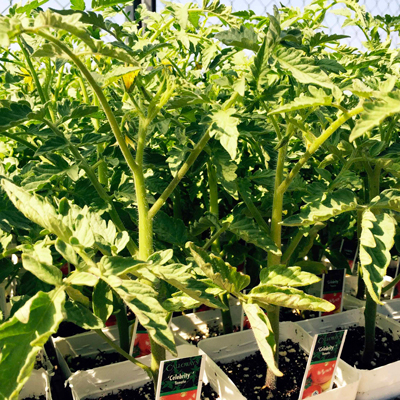
But the problem comes in getting Texans to set foot into their gardens in the middle of summer. But yes, you must plant transplants in the middle of the summer to have time for them to yield heavily and for the fruit to mature before the first killing freeze. That means the last week of June or the first week of July in North Texas, and a week or 10 days later in South Texas. That means now!
Let’s do some easy math to prove the point…
Let’s assume the average date of your first killing freeze is November 20, as it is in Dallas/Fort Worth where I garden. Note that the past couple of years, the first freeze has actually come several weeks earlier than that.
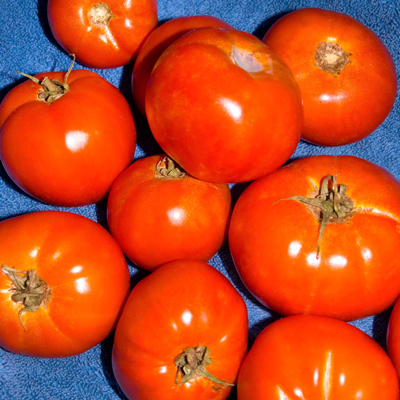
- Most tomato varieties produce their first fruit after 70 or 75 days. That’s 2-1/2 months, so we’re back to September 1.
- But you don’t want just one fruit – you want at least six weeks’ worth of production. That puts you back in mid-July.
- We could have an early first freeze as I mentioned, plus cooler weather means the plants grow more slowly, so add in another two or three weeks of time. There you are: late June, early July.
- As mentioned, you could slide those dates two weeks later in South Texas.
Getting the plants started…
Hopefully your favorite independent retail garden center will have fresh tomato transplants in stock. They’ve tried in the past, but customers haven’t always come in to request them. Do check with them, however, and hopefully they’ll have what you need.
If you simply can’t find transplants anywhere, you could take cuttings from your best and healthiest spring plants. I mentioned that here a couple of weeks ago. They root quickly, and you can have plantable transplants within a couple of weeks. That should still be ample time.
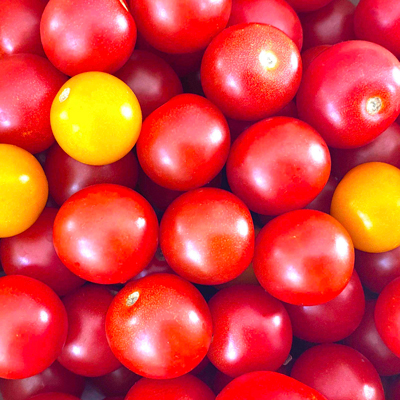
Plant small or mid-sized varieties for fall tomato crops, just as you do for the spring. Large-fruiting types like Big Boy and Beefsteak don’t set well when temperatures are above 90 or below 70 (like the fall plants will encounter).
Acclimate the plants to full, hot sun before setting them into well-prepared garden soil.
Still, provide each plant with temporary shade from a piece of cardboard folded and placed over it like a small tent. Put stakes beneath it so it can’t weight down and crush the plant. Gradually remove it over a period of four or five days.
Grow your tomatoes in wire cylinders. I use cages that are 4 feet tall and 17 inches in diameter, and I make them from concrete reinforcing wire. Push shoots inside the cages to keep the vines and the fruit off the ground.
Apply a water-soluble, high-nitrogen fertilizer to the plants to keep them growing actively.
See if you don’t agree that fall tomatoes are light years better than the spring crop. But only if you plant soon and take great care of your plantings.
